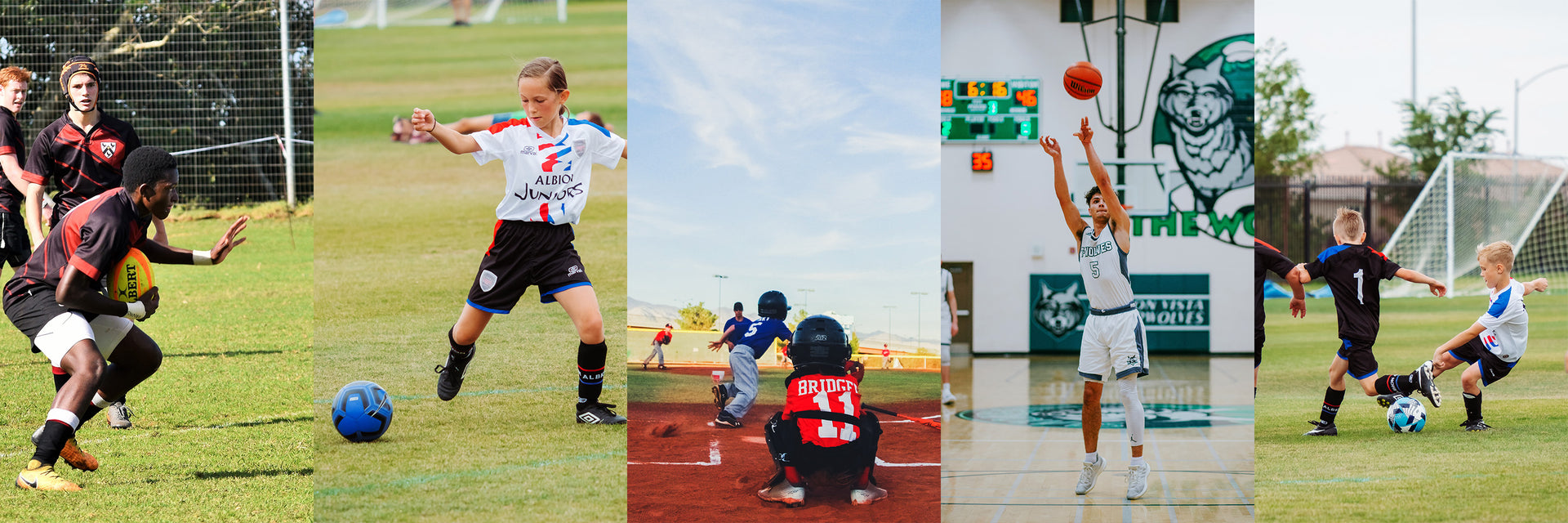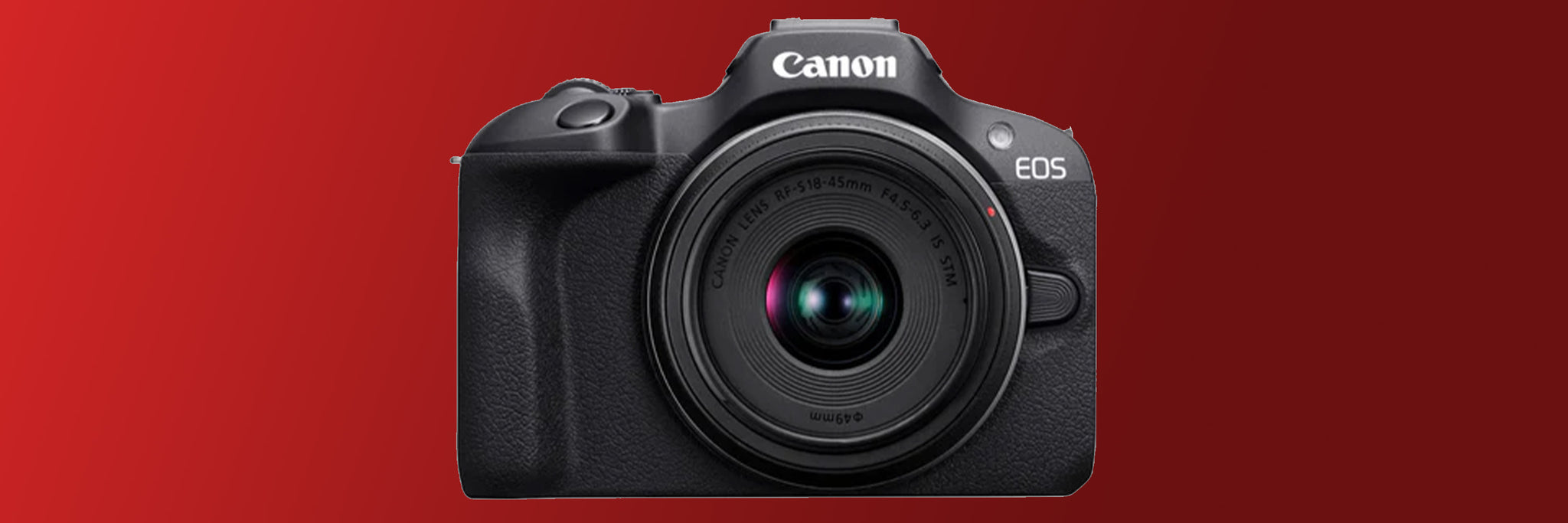Ultimate Fathers Day Guide to capture Weekend Sports
If you are new to photographing weekend sports, then chances are you have used a smartphone to attempt to capture the kids. However, you may have experienced dissatisfaction with the results. If that sounds familiar, keep reading, as perfecting sports photography requires understanding camera settings and honing the technique.

Throughout this article, we will explain some of the key photographic techniques you can follow to help you capture your child's amazing sporting moments. Further down, you'll also find our recommended equipment to help you celebrate the memories for years.
Understanding the Basics: Photography Techniques for Sports
Capturing dynamic and memorable sports moments requires more than just high-quality equipment. Delving into the fundamental sports photography techniques can elevate your photos from simple snapshots to compelling stories of action and emotion. Whether you’re a parent documenting your child’s growth, skills, and cherished moments on the court or an enthusiast capturing your favourite game moments, understanding the game's rhythm or mastering camera settings for fast-paced action is crucial; let's explore the essentials to freeze those once-in-a-lifetime moments perfectly.

Anticipating the Action: Predicting Your Shot
A deep understanding of the sport you photograph becomes the foundation of every successful shot. It's more than just tracking the ball. By truly grasping the game's dynamics, you can predict not just the ball's trajectory but also the potential movement of your child; such predictions enable you to pre-focus your lens, ensuring you're ready to capture the decisive moments without a split-second delay.
Additionally, selecting Shutter Priority is recommended as it allows you to control the shutter speed, freezing the action or capturing the fluidity of motion. In most cases, selecting a shutter speed faster than 1/1000 of a second is recommended, as this will freeze the action so you can capture your child in sharp focus.
Use Burst Mode and Never Miss a Sporting Moment
Tapping into the pulse of kids' sports means being prepared for the unexpected and often fleeting moments of brilliance. That's where your camera's burst mode comes into play. Often overlooked by beginners, this feature acts like your camera's rapid-fire mode, quickly capturing a sequence of shots with a single press and hold of the shutter button.
By employing this mode, you are bound to capture every moment regardless of the timing. So, the next time you're on the sidelines, turn your mode dial to continuous mode and let the camera do the work for you. Remember, though, be selective when you press the shutter button to avoid the 'spray and pray' method of capturing photos.
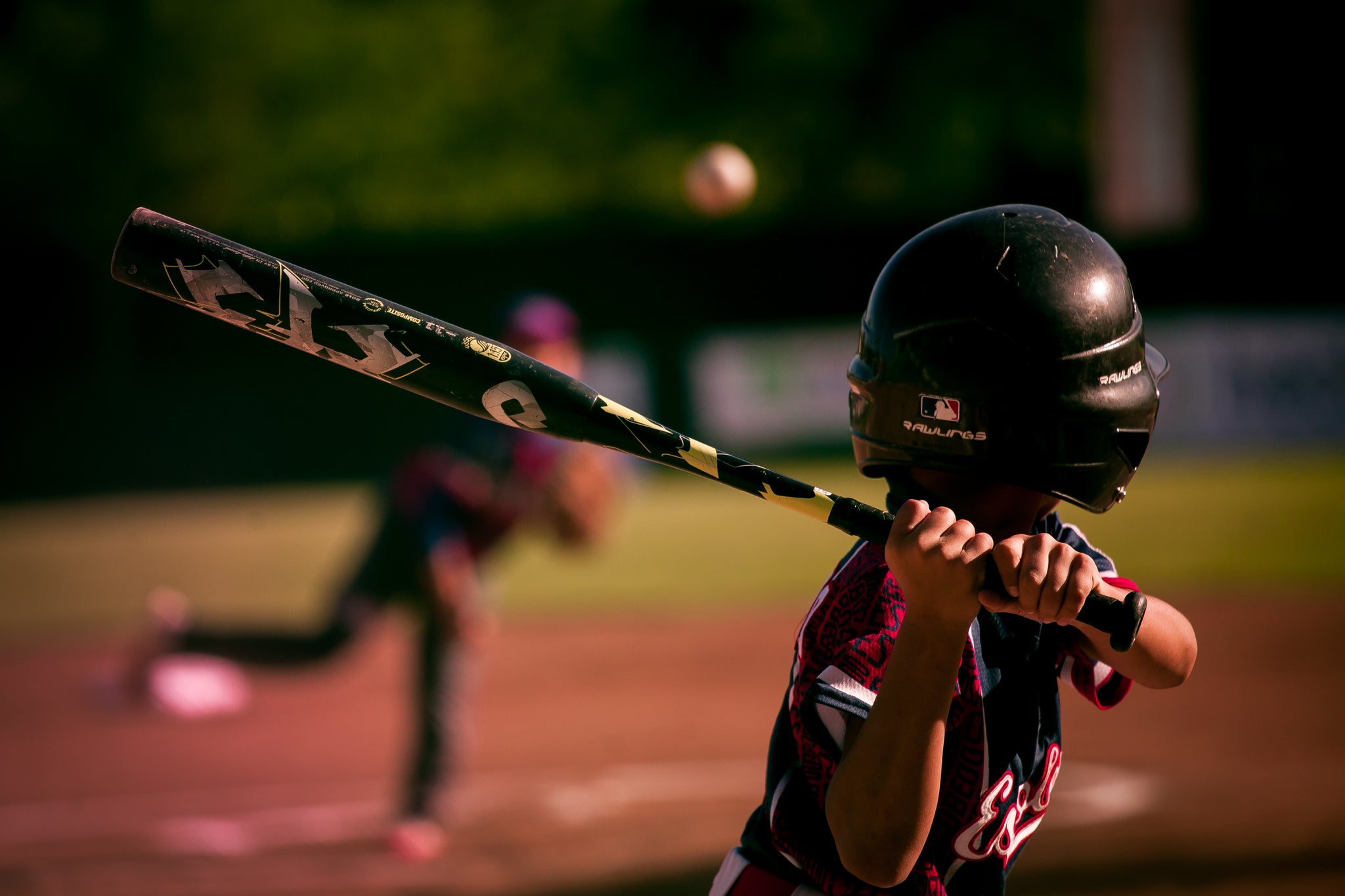
The Limitations of Smartphone Photography For Sports Photos
While the iPhone's 3x optical zoom may be suitable for capturing everyday moments, the nuances of kids' sports demand more precision and flexibility. With action unfolding at varying distances and speeds, the limited zoom on smartphones often results in grainy or pixelated images when trying to capture distant players or sudden movements.
In comparison, when using a compact/bridge camera or a mirrorless camera with an attached telephoto lens, you’ll see better results thanks to a larger sensor. This will, in turn, provide higher-resolution images with better dynamic range and depth of field.
The Power of Dynamic Range
While smartphones have made tremendous strides in their photographic capabilities, they still wrestle with the constraints of their smaller sensor sizes. Larger sensors, like APS-C or full-frame, inherently possess a broader dynamic range. This means the images they take can show shadow and highlight detail in extreme lighting contrasts, such as a soccer field under the midday sun or a footy game during sunset.
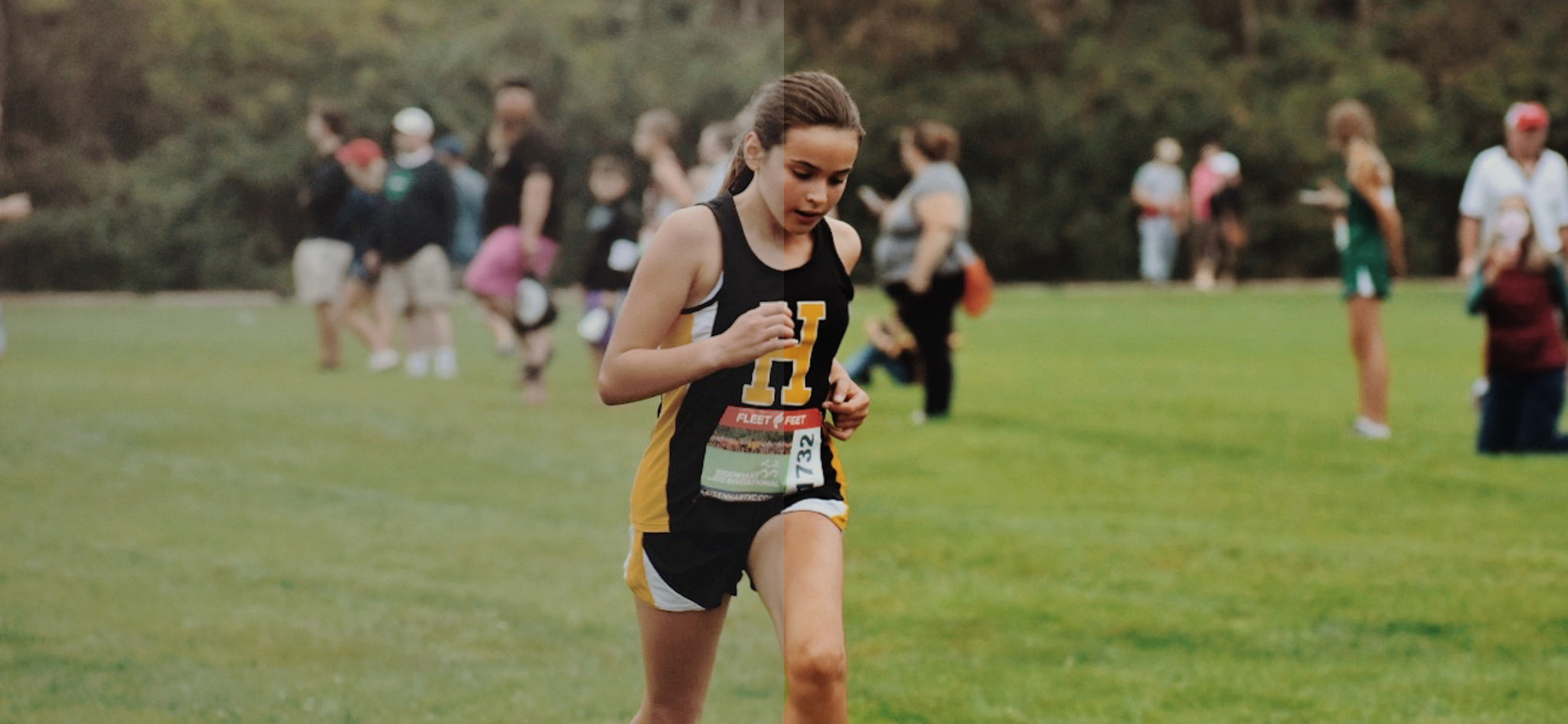
Find the Perfect Camera For You
Compact & Bridge Cameras For Sports Photography
While smartphones may offer convenience, compact cameras reign supreme in versatility and performance. With superior zoom capabilities, larger sensors, and more customisable settings, these pocket-sized cameras bridge the gap between smartphones and professional gear, offering photographers a robust tool ideal for capturing sport. Some of the standout models we recommend include:
Canon PowerShot SX740
Why we like this camera: The Canon PowerShot SX740 is a compact marvel, making it a top pick for parents capturing their child's athletic abilities. Its remarkable 40x optical zoom allows for close-ups from a distance, ensuring every goal or basket is caught in detail.
Moreover, its swift autofocus and impressive image stabilisation ensure sharp images, even in the heat of the action. The SX740, with its user-friendly interface, is designed not just for seasoned photographers but for every proud parent on the sidelines.
Pros:
- Impressive 40x optical zoom to get you closer to the action
- Rapid autofocus for fast-paced sports.
- Impressive image stabilisation.
Cons:
- It has limited manual control options.
- Low-light performance can be improved.

Panasonic Lumix TZ220D
Why this camera stands out: This camera was developed from a line-up of improvements from previous models. One of its standout features for sports photography is its ability to capture 6 frames per second using its blazing fast continuous shooting mode. The advanced auto focus system also ensures subjects remain sharp, in focus, while a 15x optical zoom range covers distant subjects with ease. In our opinion its portability combined with the impressive zoom makes this an excellent companion for sporting events.
Pros:
- 6fps high-speed continuous shooting.
- Advanced autofocus system for tracking subjects.
- Compact and portable design.
Cons:
- Limited low-light performance at larger zoom ranges/
- Smaller sensor compared to mirrorless cameras.

Canon PowerShot SX70
Why we recommend this camera: The Canon PowerShot SX70, with its powerful 65x optical zoom, stands out as a prime choice for parents eager to catch every moment of their child's game. Beyond its zoom capabilities, the SX70 boasts RAW image capture, allowing for better post-processing flexibility. Its ergonomic design ensures comfort during prolonged use, making it ideal for those day-long tournaments or matches.
Pros:
- Outstanding 65x optical zoom.
- RAW image capture for enhanced editing.
- Ergonomically designed for comfortable handling.
Cons:
- Slightly bulkier than other compact cameras.
- Autofocus can be slower in challenging lighting conditions.

Panasonic Lumix FZ300
Why this camera makes our list: For parents seeking a balance between performance and durability, the Panasonic Lumix FZ300 is ideal. Designed with a superior bridge build, it fits comfortably in the hands while offering a good focal and aperture range. Its 24x optical zoom and 4K video recording capability ensure that photos and videos maintain the highest quality.
Pros:
- Durable and weather-sealed construction.
- 4K video recording for dynamic action shots.
- Fast f/2.8 lens ensures clarity and photos remain sharp.
Cons:
- 24x zoom might be limiting compared to its competitors.
- The interface could be overwhelming for beginners.
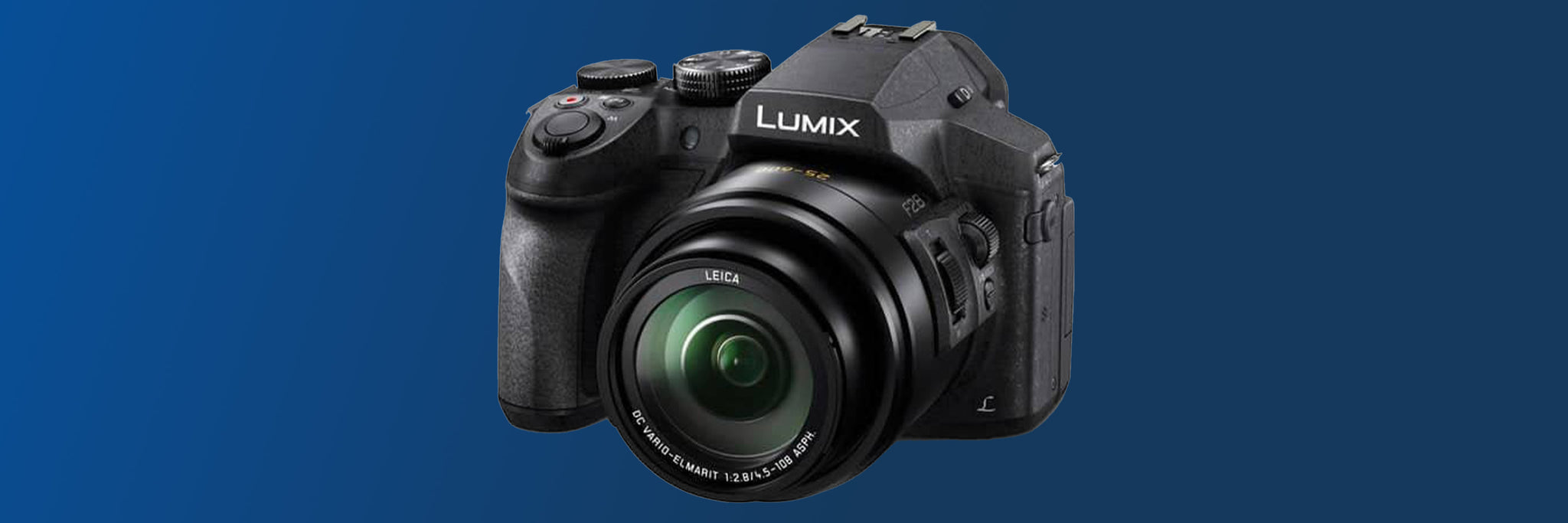
Mirrorless Cameras For Sports Photography
Mirrorless cameras have emerged as the frontrunners, overshadowing compact cameras and smartphones with their adaptability and performance. When paired with a telephoto lens, mirrorless cameras bring the distant action right before your eyes, ensuring every leap, sprint, and strike is depicted with unparalleled clarity.
For The Beginner: The Best Mirrorless Camera Body Under $1000
Canon EOS R100 Single Kit with RF-S 18-45mm f/4.5-6.3 IS STM
The Canon EOS R100 marries portability with performance. It is designed for those transitioning from smartphones and offers a compact form without compromising image quality. Its rapid autofocus system ties beautifully with the 6.5 frames per second, ensuring that no swift sports move goes uncaptured. Paired with its 24MP high-resolution sensor, the R100 is an excellent choice for parents wanting to document their child's sporting journey without breaking the bank.
Pros:
- Compact design for easy portability.
- Swift autofocus system for action shots.
- 6.5 frames per second continuous shooting mode.
Cons:
- Memory card near the battery door may obstruct tripod use.
- Lacks in-body image stabilisation.
For the Enthusiast: Keeping Your Budget Near $2000.
Canon EOS R7
The Canon EOS R7 promises a revolution in the realm of sports photography for parents. Its high-res 32.5MP sensor ensures each shot contains fine detail and superb dynamic range. Plus, for those wishing to dabble with video you’ll find enough hybrid settings to cater for this creative pursuit. Stabilisation isn't an issue either, as when paired with a compatible RF lens, the user achieves shake compensation up to 8 stops. Much of the tech found in this camera can also be found on Canon's R3 flagship body.
Pros:
- 30 frames per second continuous mode.
- Dual SD memory card system.
- Dual Pixel CMOS AF II focusing system to track fast-moving sports.
Cons:
- Not as many custom function buttons as other cameras.
- Battery life could be improved.

Fujifilm X-T5
The Fujifilm X-T5 is a retro design that is made to impress a myriad of photographers. Capable of shooting 8 frames per second, this camera cleverly combines the matrix grid of 425 focus points to track moving subjects with ease accurately. The ergonomic design and tangible button access (including many customisable buttons) offer easy handling, essential when capturing fast-paced action.
Pros:
- 8 frames per second continuous shooting.
- Fast autofocus for locking onto moving subjects.
- Ergonomic design for ease of use.
Cons:
- Limited battery life without access to a battery grip.
- Slightly smaller body when paired with larger telephoto lenses.
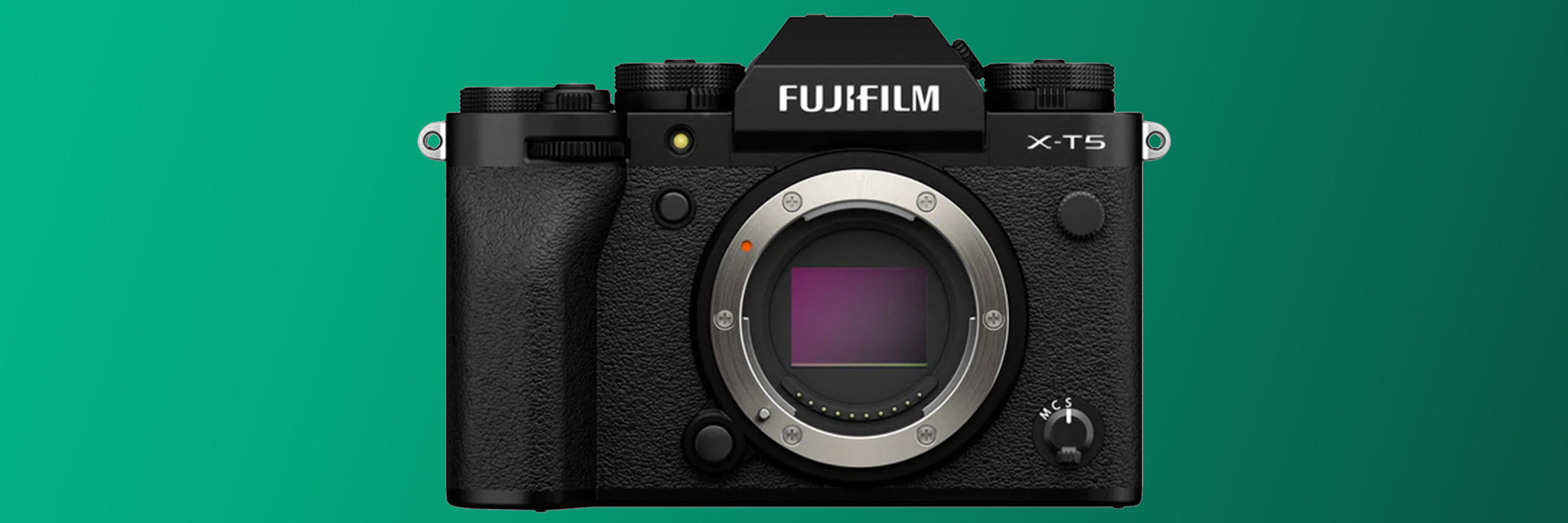
Panasonic Lumix G9
Panasonic is no stranger to high-performing camera bodies. With a host of models suitable for fast action, the Lumix G9 is a formidable component when paired against the competitors mirrorless lineup. For example the electronic shutter is capable of 12 frames per second making it ideal for fast action. Couple this with the latest autofocus system and the G9 will consistently deliver sharp results each and every time.
Pros:
- Durable body with weather sealing.
- 12 frames per second continuous mode.
- Excellent autofocus capabilities.
Cons:
- Larger and heavier than some other competitors.
- Micro Four Thirds sensor smaller than APS-C or Full Frame sensors.
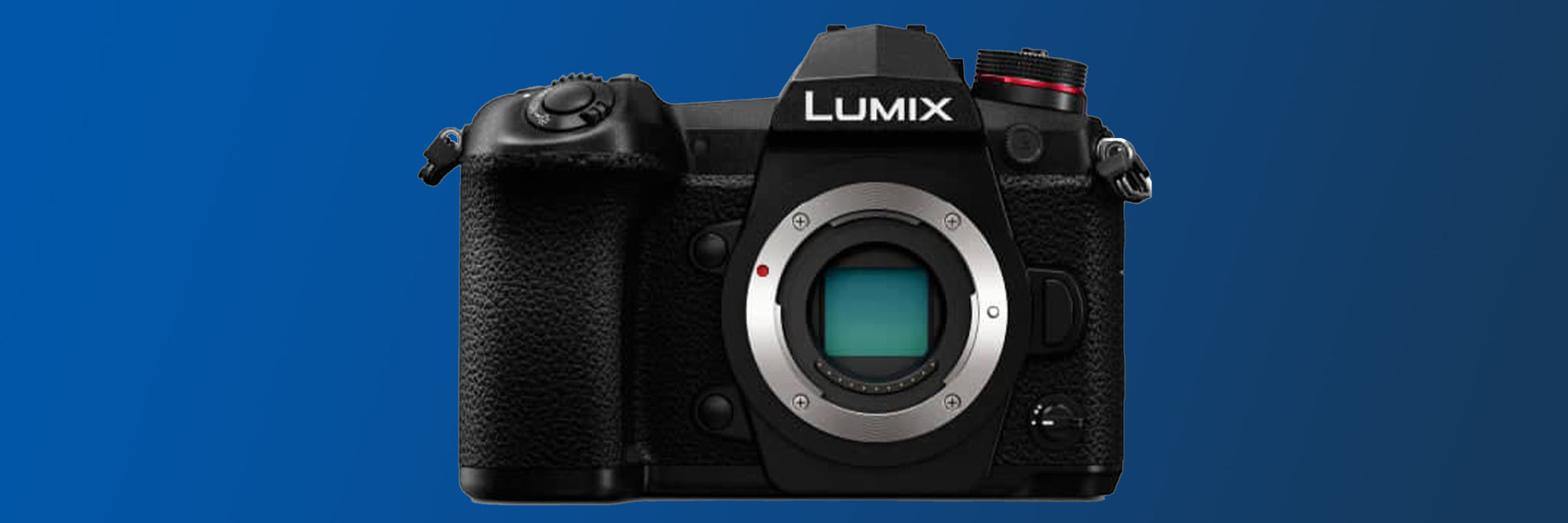
Canon EOS R8
The Canon EOS R8 serves as a powerhouse for sports photography enthusiasts. With an advanced AF system, users can expect lightning-fast results, especially with the impressive 40 fps high-speed burst mode. This camera is by far one of the winners in our list of bodies for capturing sports.
Pros:
- Incredible autofocus system that’s quick to use.
- 40 frames per second continuous mode.
- Impressive dynamic range for varied lighting conditions.
Cons:
- Steeper learning curve for beginners.
- Lower 24.2 Megapixel count than the R7's 32.5 Megapixels.

For the Enthusiast or Pro: Premium Choices Between $3000 to $5000
Sony a7 IV
The Sony a7 IV stands out as a formidable choice for sports photography. With its impressive 10 fps continuous shooting rate at 33MP, the camera captures fast-paced moments with precision without compromising quality. Beyond its raw speed, the autofocus system is swift and accurate, allowing for tack-sharp images even in challenging, high-speed scenarios.
The camera's ergonomic design also means it sits comfortably in the hand during extended shooting periods. With a speed of 10 frames per second, the Sony a7 IV delivers a harmonious blend of speed, performance, and reliability, making it ideal for capturing the dynamic world of sports.
Pros:
- Robust and reliable autofocus system.
- High continuous shooting speed of 10 fps.
- Ergonomic design for comfortable shooting.
Cons:
- Limited touch screen functionalities.
- Battery life could be better.

Fujifilm X-H2S
The Fujifilm X-H2S is not just an aesthetically appealing camera; it's a powerhouse for sports photography. Commanding 20 frames per second speed, the camera ensures no action is missed.
The in-body image stabilisation aids in minimising blur when using telephoto lenses, especially during those critical split-second moments in sports. Its evolved autofocus system is adept at tracking subjects, similar to the Sony a7 IV, ensuring that moving kids remain sharp and in focus.
Pros:
- Exceptional 20 fps continuous shooting.
- Advanced in-body image stabilisation.
- Superior autofocus tracking capabilities.
Cons:
- Slightly bulkier than some competitors.
- The menu system can be complex for beginners.
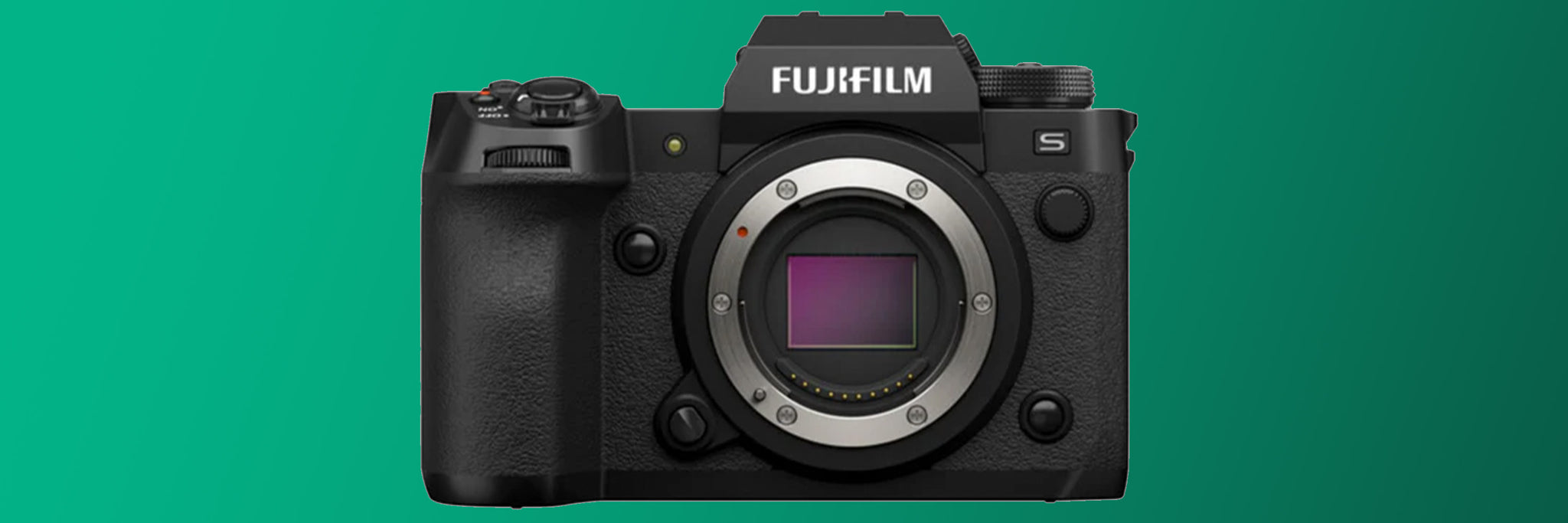
For the Pro: Mirrorless Camera Bodies over $6000
Nikon Z8
The Nikon Z8, renowned for its image quality and performance, is a gem for sports photographers. The camera captures the action at a blistering 14 frames per second, ensuring that every significant moment is easily captured. Its expansive and responsive autofocus system tracks subjects with unerring accuracy. Furthermore, the robust build quality, similar to the Z9 flagship, ensures it can withstand the rough and tumble of sideline sports photography.
Pros:
- High-resolution images with 14 fps shooting.
- Reliable and comprehensive autofocus system.
- Durable build quality.
Cons:
- Slightly heavier than some of its counterparts.
- Has had some minor manufacturing issues/recalls.

Sony A1
Being a flagship in Sony mirrorless lineup commands the best specifications, and the Alpha 1 has them in spades. For sports elites who want the best photos, you can’t surpass the 30 frames per second this camera offers. With a black-out-free electronic viewfinder, users gain an appreciation for the abundant focus points that offer lightning-fast accuracy regardless of where the subject is in the frame. Add in the mix of a full-frame 50 megapixel sensor, and this camera is tough to beat.
Pros:
- 30 frames per second continuous shooting.
- 50MP full-frame sensor for incredible resolution.
- Industry-leading autofocus system.
Cons:
- The menu system may be complex for new Sony users.
- Heavier body and telephoto lens combination will require a monopod.
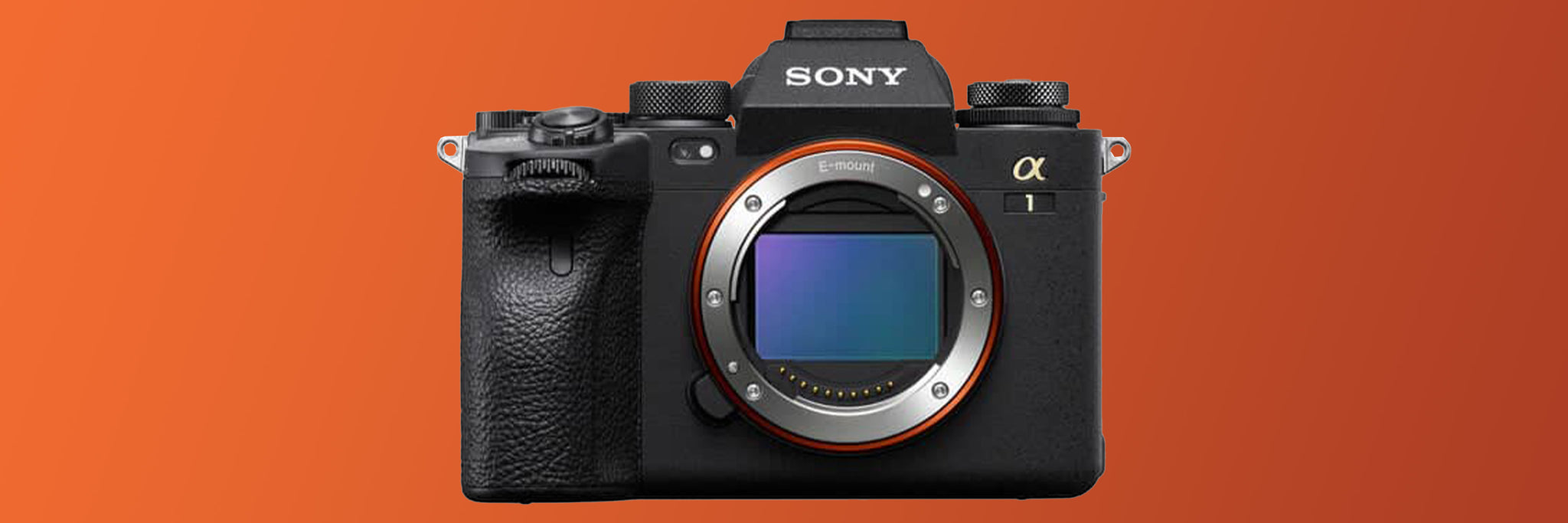
Canon EOS R3
Canon's EOS R3 is a marvel in the realm of sports photography. Designed with professional sports photographers in mind, it offers a staggering 30 frames per second shooting speed, ensuring that every fraction of a second counts. The camera's advanced autofocus system uses deep learning to identify and track subjects, which is invaluable for sports where kids can move unpredictably.
Pros:
- Incredible 30 fps continuous shooting.
- Deep-learning-based autofocus system.
- Built to endure demanding conditions.
Cons:
- Potential overkill for non-professionals.
- Hefty build might not be for everyone.

Telephoto Lenses For Capturing Sports
For parents trying to capture every moment, lens choice can make a difference. Regarding zoom lenses, the 100-400mm range is particularly popular among sports photographers. This range allows for flexibility, ensuring one can zoom in on a solitary figure on the far end of a playing arena or capture a wider shot of the entire team running for the ball.
However, prime telephoto lenses, such as the 300mm, 400mm, 500mm or 600mm, are a revelation for those prioritising magnification over versatility. Though they lack zoom capability, these prime lenses offer unparalleled sharpness and clarity, ideal for those freeze-frame moments that define a game.
All-In-One Zoom Lenses
Tamron 18-300mm F/3.5-6.3 Di III-A VC VXD Lens
This lens stands out for its impressive focal range, allowing users to capture everything from wide-angle shots to super-telephoto without swapping lenses. The VXD linear motor ensures swift and silent autofocus, which is essential for sports photography. The Vibration Compensation ensures sharp images, even in challenging light. Its compact build suits the mirrorless camera ecosystem, making it a versatile choice for Sony or Fujifilm sports enthusiasts seeking versatility.

Tamron 18-400mm f/3.5-6.3 Di II VC HLD Lens
This lens is designed for mirrorless cameras to balance performance, control and portability for sports photographers. The popular stabilised focal length offers an unparalleled zoom range, perfect for those who require variability in their shots. Plus, with an in-built High/Low torque-modulated drive motor, users can obtain fast and silent focusing at the touch of the shutter.

Fujifilm XF 18-135mm f/3.5-5.6 R LM OIS WR Lens
The XF 50-140mm exhibits a marriage of sharpness and an impressive f/3.5-5.6. For the mirrorless enthusiast covering sports, this lens brings players up close, making every detail stand out against a bokeh background - even in dimly lit arenas. Paired with an Optical Image Stabilisation system and Weather Resistance, the lens has been tailored to handle any sporting unpredictability, especially when paired with the Fujifilm X-T or X-H series of mirrorless bodies.
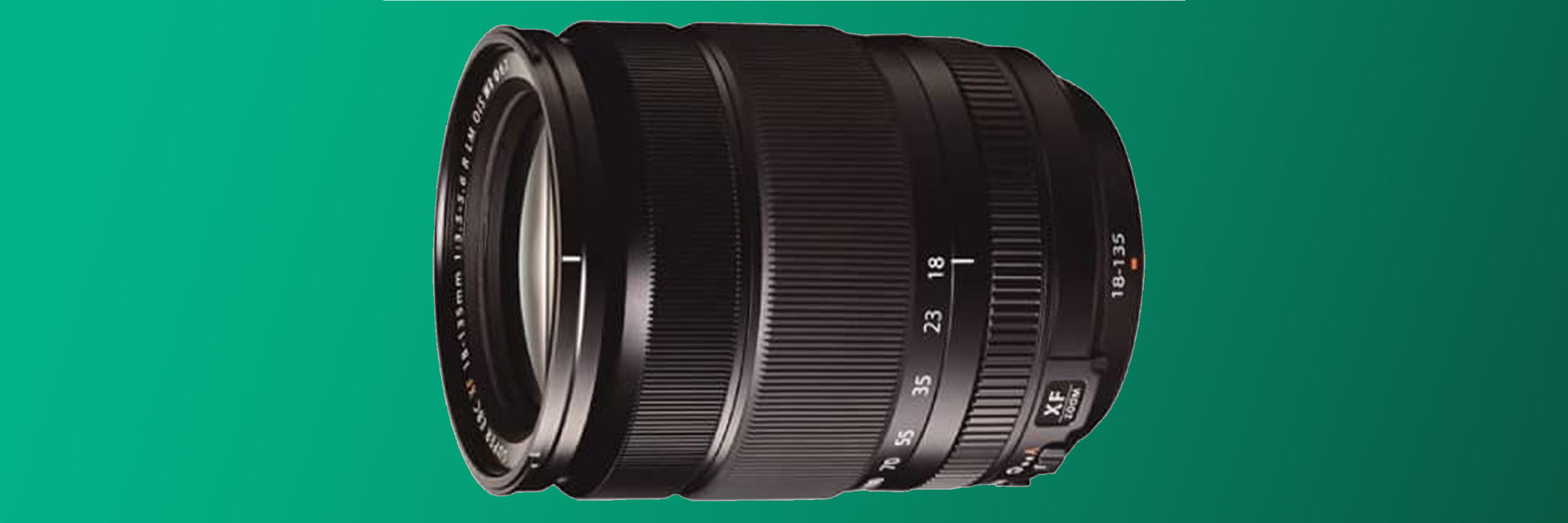
Canon RF 24-240mm f/4-6.3 IS USM Lens
From the vast expanse of a stadium to the intensity of a close-up tackle, this lens offers mirrorless users a variety of opportunities. Driven by a responsive USM motor, focusing is silent and swift – perfect for the unexpected turns of any match. To top it off, Image Stabilisation ensures clarity even in adrenaline-packed moments.

Nikon NIKKOR Z 24-200mm f/4-6.3 VR Lens
Designed for the Z mount system, this lens ensures mirrorless photogs don't miss a beat, be it a try during your child's rugby match or a goal scored during a soccer game. You can zoom in or zoom out to get the desired composition making this an ideal lens for weekend sports.

Sony FE 24-240mm f/3.5-6.3 OSS Lens
This Sony lens is ready to dive into sports, covering a vast focal range, from the wide shots of team photos to the intricate details of a child in action. The Optical SteadyShot keeps images blur-free, capturing every rapid manoeuvre precisely. When attached to cameras like the Sony A7 series, this lens acts as a gateway to sporting events, crafting memories with every click.
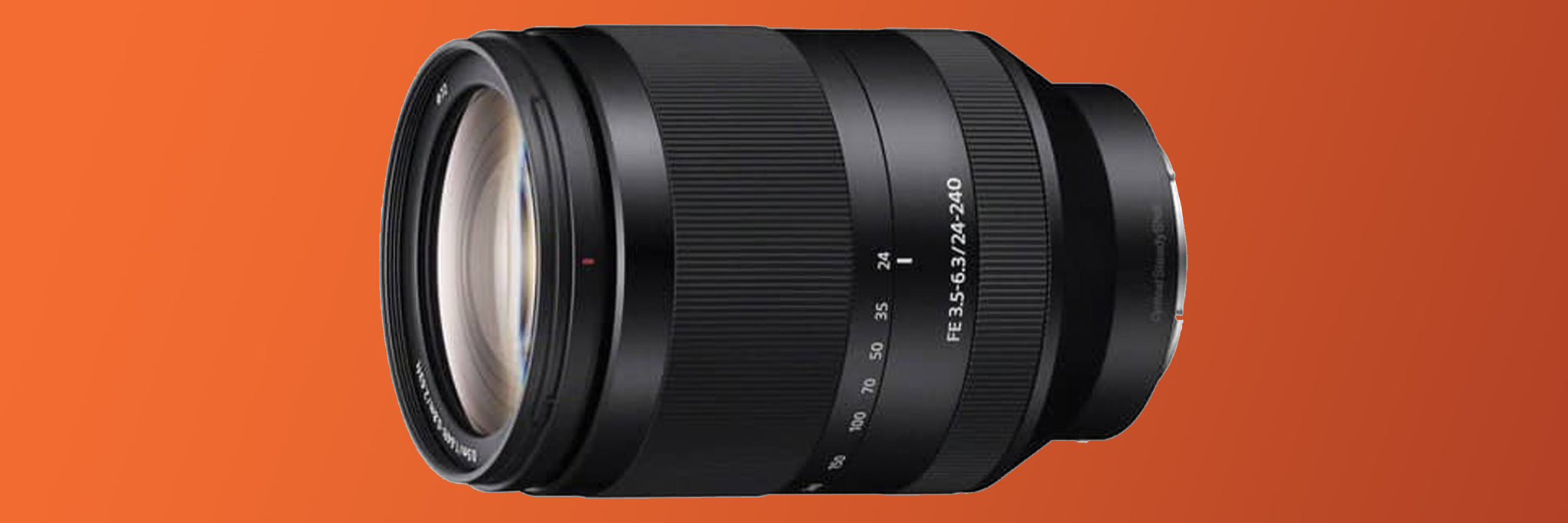
Panasonic LUMIX G VARIO 14-140 / F3.5-5.6 II ASPH POWER Lens
This impressive lens bridges the gap between dynamic wide angles and telephoto precision. It is ideal for sports enthusiasts as the broad zoom easily captures player interactions. Although you don't have the full extent of a 400mm focal length in this lens, 140mm is more than enough for indoor sports and portraits of players.

Zoom Telephoto Lenses
Sigma 150-600mm f/5-6.3 DG OS HSM Lens Sport
We love how the optical stabilisation system counteracts camera shake to ensure sharp photos at the longest focal length. In addition, the motor that drives the autofocus system ensures rapid, quiet operation. 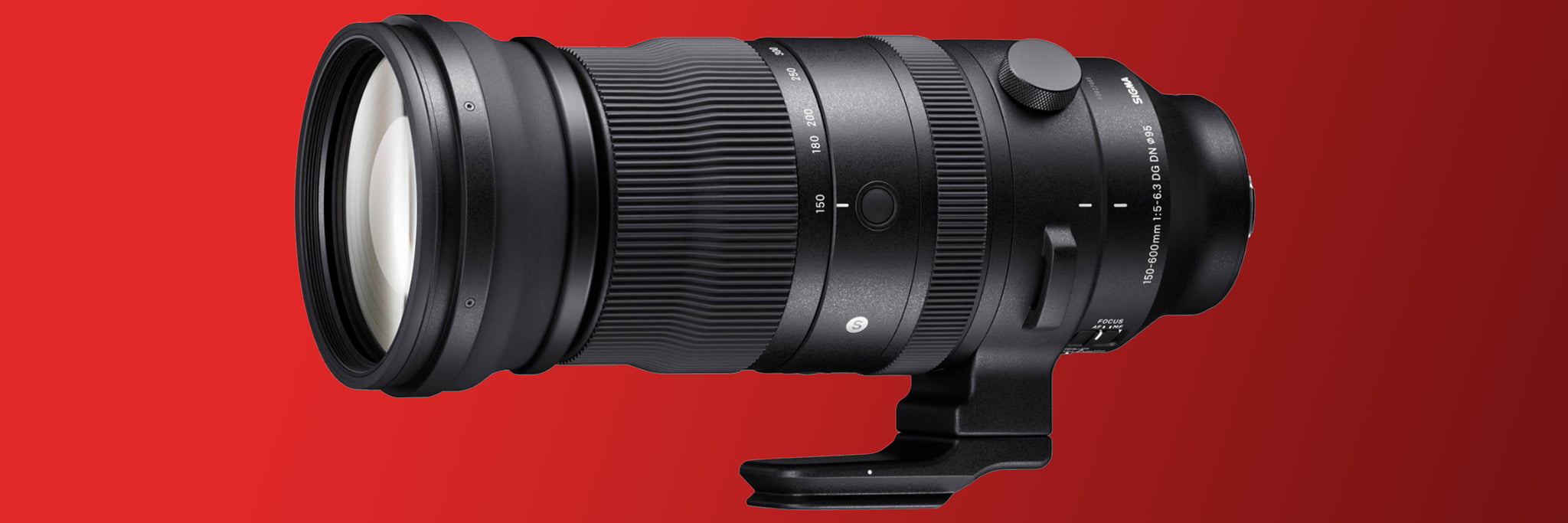
Canon RF 100-500mm f/4.5-7.1 L IS USM Lens
This popular RF lens’s focal length is tailored for mirrorless users who require a balance of portability and performance. The built-in image stabilisation system ensures clarity in dynamic situations, and its USM system allows for swift and silent focusing.
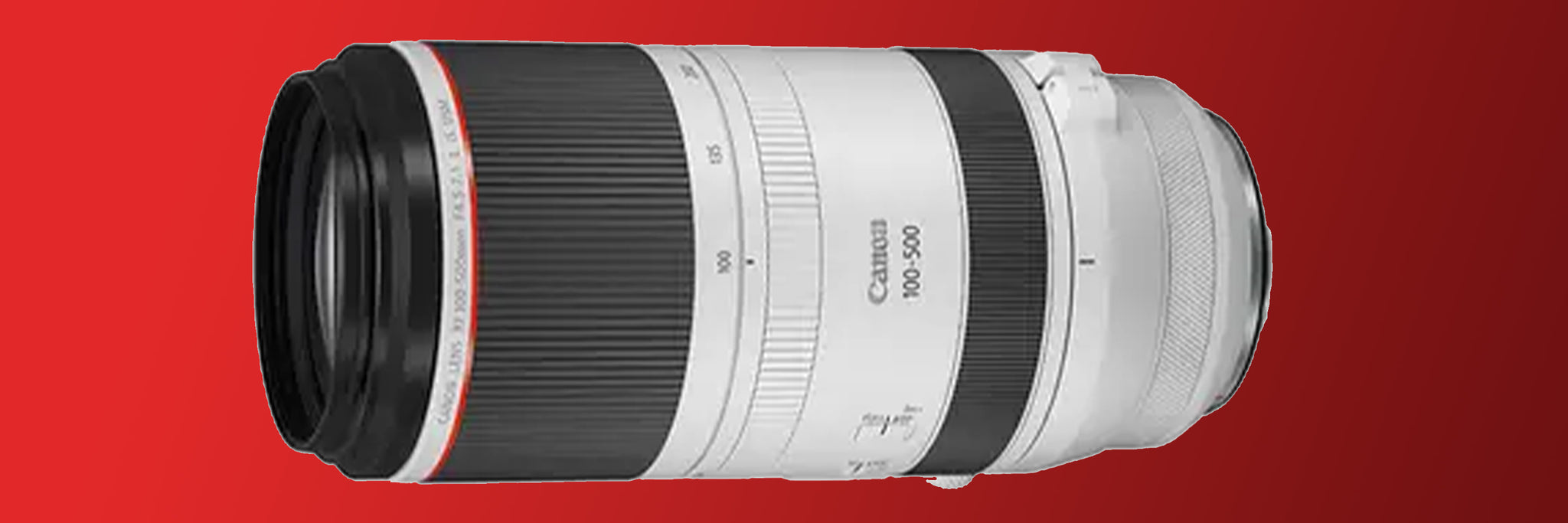
Panasonic Leica DG Vario-Elmar 100-400mm f/4-6.3 ASPH. POWER O.I.S. Lens
Known for its partnership with Leica, many photographers can attest to the extremely high optics found in DG Vario-Elmar lenses. With a comparative 100-400mm focal length range, users can easily find flexibility regardless of where a child is on the pitch or field. Additionally, the Optical Image Stabilisation found within the lens outperforms hand-holding to counter any shake, ensuring you get the perfect shot each time.
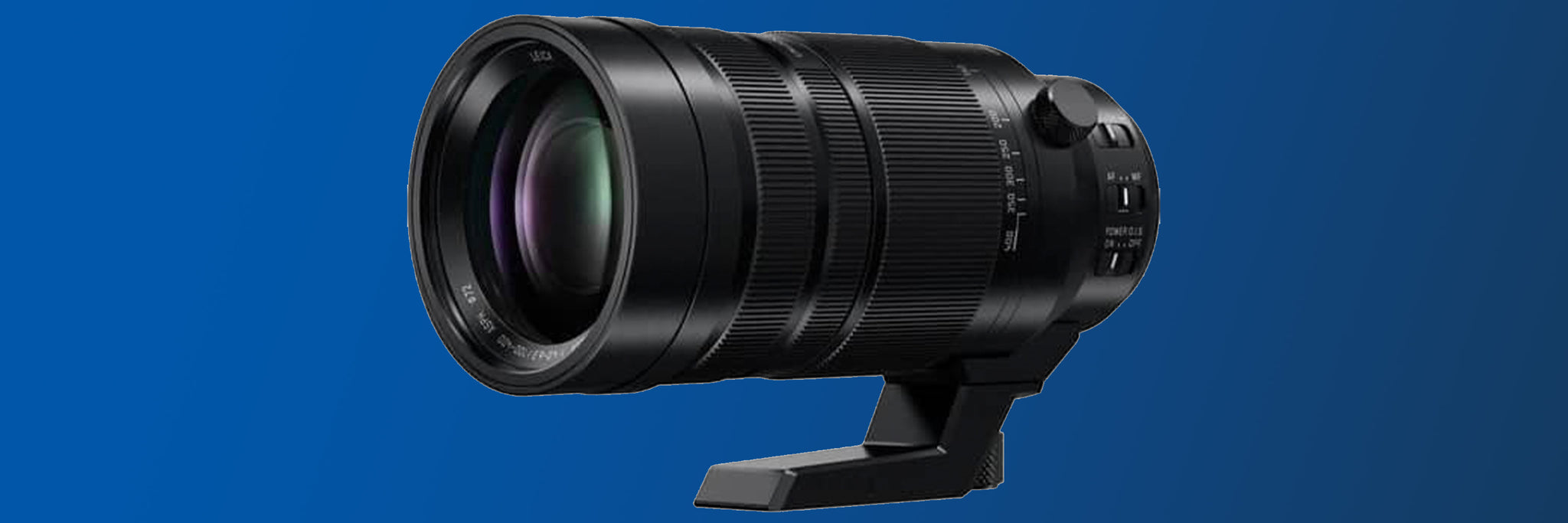
Sony FE 200-600mm f/5.6-6.3 G OSS Lens
It's not often you find a lens with such a diverse focal length. Catering to the sports and wildlife crowd, this E-mount lens is ideal for a high-end Alpha mirrorless body. The maximum aperture of f/5.6-6.3 helps keep this an affordable option and keeps down the weight when compared to other f/4 lenses. For mirrorless users of skill set, this lens is an undeniable asset.
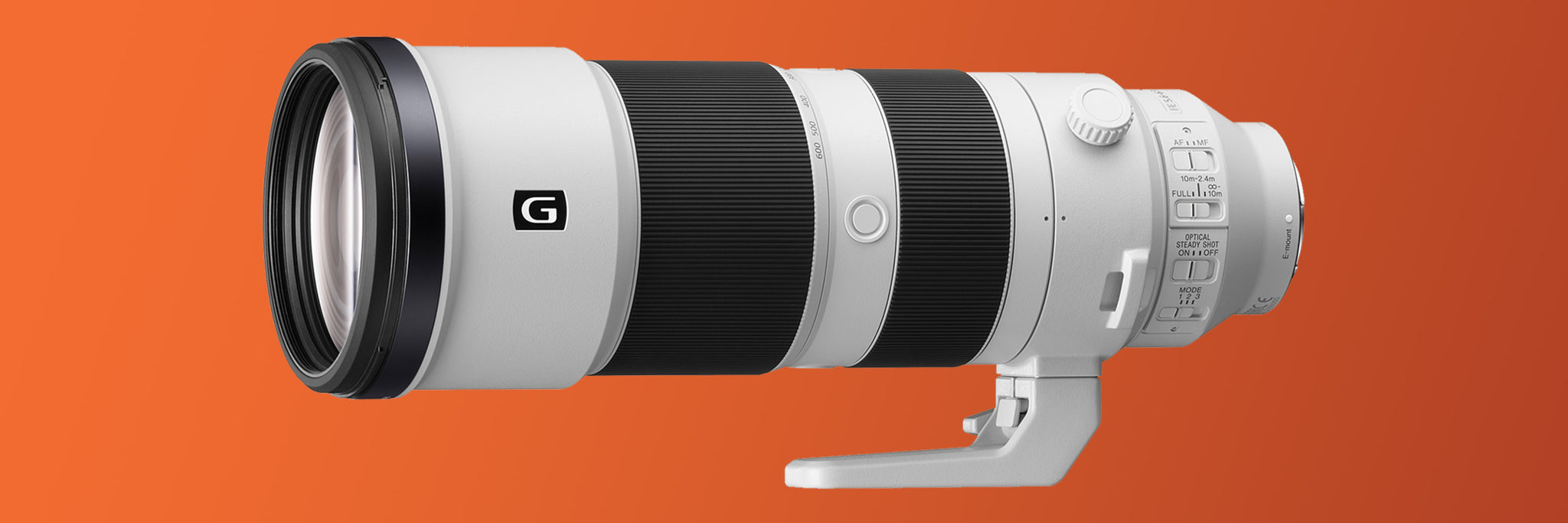
Nikon NIKKOR Z 180-600mm f/5.6-6.3 VR Lens
Harnessing the potential of the Z mount system, this Nikon lens delivers unparalleled performance. Its broad zoom spectrum accommodates diverse sporting scenarios, ensuring nothing remains out of reach. Built with VR, the lens guarantees shake-free shooting, making it an ideal pairing for any Z6, Z7, Z8 or Z9 mirrorless user.
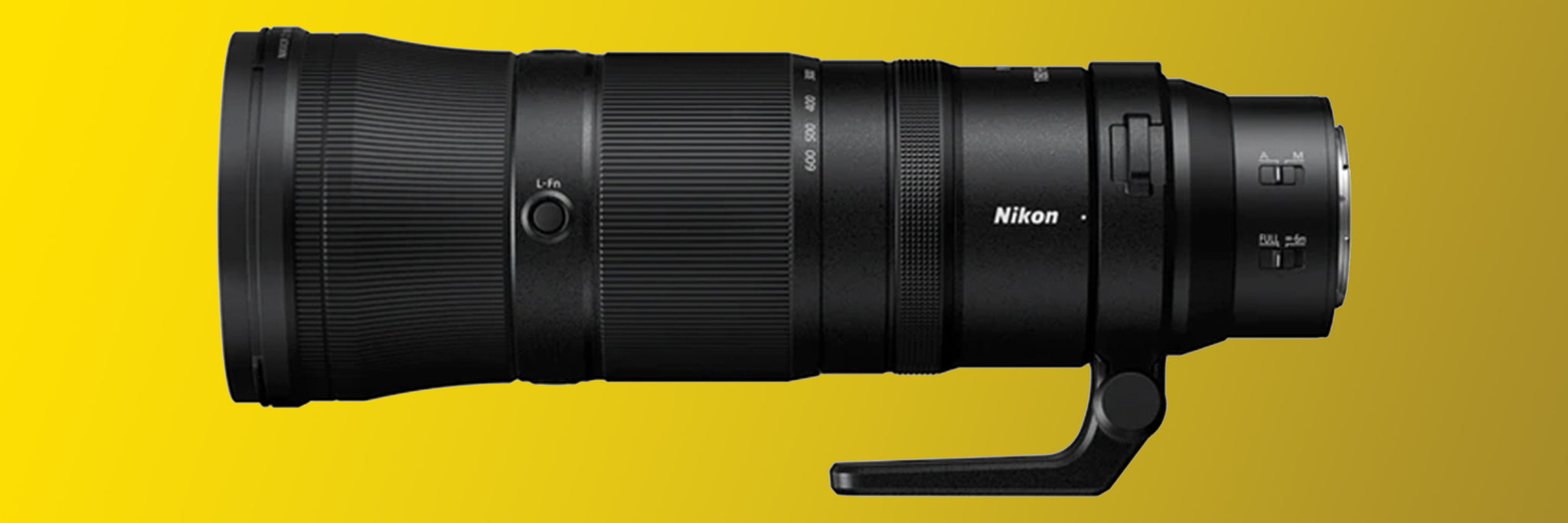
Fujifilm XF150-600mmF5.6-8 R LM OIS WR Lens
Fujifilm's commitment to developing a system from the ground up is evident in the XF150-600mm. Covering an extremely useful focal length, this lens is engineered to capture sporting moments easily. Combining an Optical Stabilisation system with Weather Sealing makes this lens an ideal contender for the Fujifilm X-T5, X-H2 or X-H2S. For Fujifilm mirrorless users, this lens will complement your photography and take your sporting photos to a new level.

Fujifilm XF 100-400mm f/4.5-5.6 R LM OIS WR Lens
Regarding focal length, the XF100-400mm lens sits below the XF150-600mm; however, it doesn't shy away from delivering the same quality. Users will find its range versatile, ensuring that sporting actions are within reach, whether close-up or afar. Plus, with a Linear Motor and OIS driving stability, the focus is rapid, making it ideal for capturing any fast action that may unfold on the field.
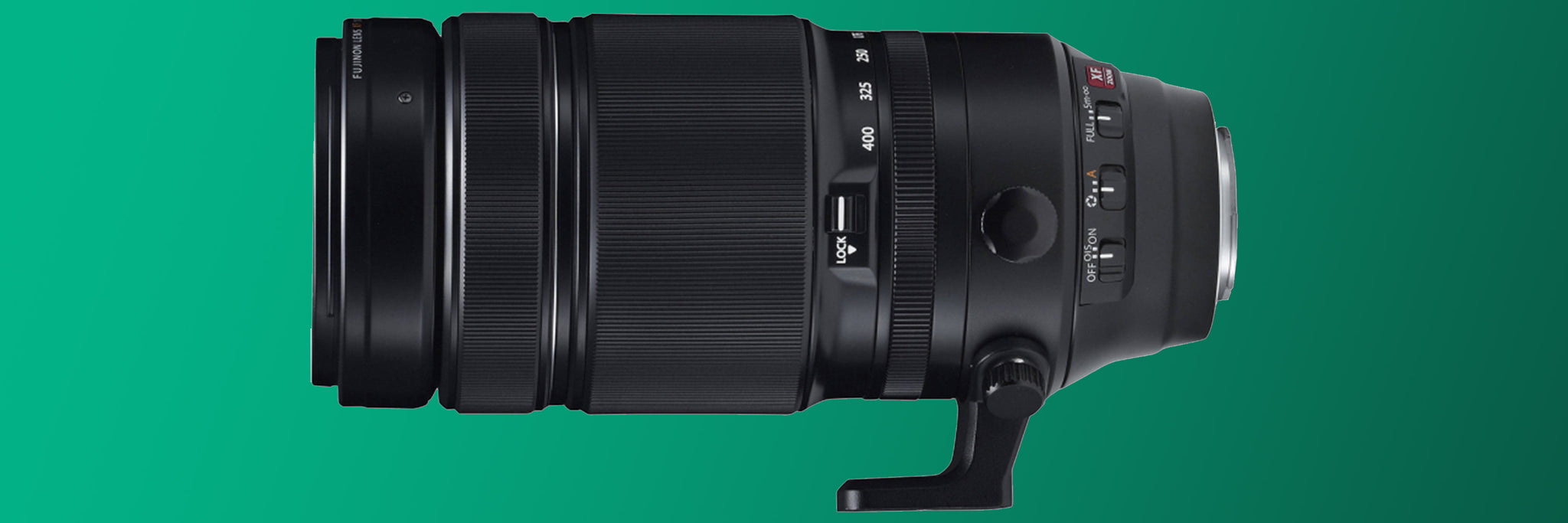
Panasonic 100-300mm f/4.0-5.6 II LUMIX G Vario Lens
As an affordable option in the Lumix G series, this lens brings a compact yet mighty focal length to sports enthusiasts. When paired with a capable body, users can easily navigate wider shots to close-ups of their children playing at a distance. Factor in the sharpness and the reliable stabilisation, and you have a compelling choice for any sporting moment that may unfold.

Prime Telephoto Lenses
Canon RF 800mm f/11 IS STM
A super-telephoto prime lens, this model is designed for capturing distant sports action. Its fixed focal length ensures optical quality, while the IS counters camera shake. The STM motor offers smooth, quiet focusing, perfect for uninterrupted sports shooting. Made for Canon's RF mirrorless bodies, this lens benefits mirrorless users by providing lightweight use in combination with one of the largest focal lengths. 
Canon RF 600mm f/4L IS USM Lens
This premium Canon lens provides some of the best manufacturing to deliver the sharpest details, making it ideal for professional sports photographers. When using this lens, you'll notice the f/4 aperture ensures great performance in various lighting conditions, and its IS ensures steady shots. We recommend a monopod if you plan on taking this to the sidelines to capture your kids or others playing sport.

Nikon NIKKOR Z 600mm f/4 TC VR S Prime Telephoto Lens
This lens is crafted for Nikon's Z8 and Z9 mirrorless cameras but aligns perfectly with the Z6 II and Z7 II, making it a top pick for sports imagery. Boasting an f/4 aperture, photographers will love the sharpness and detail it delivers. Furthermore, the built-in VR ensures steadiness, while the incorporated teleconverter extends its range. For those passionate about sports and using Nikon's mirrorless lineup, this lens stands out as a premier selection.

Sony FE 600mm f/4 GM OSS Lens
The Sony FE 600mm f/4 GM OSS stands out as a clear winner for those seeking the best. Tailored for mirrorless cameras such as the a1 or a7 IV, its GM status promises stunning resolution and bokeh, essential for capturing sporting moments with the clearest clarity. The lens features an optical stabilisation system that makes hand-holding or shooting with a monopod a breeze. In our view, this lens is one of the best in the market for capturing sports.
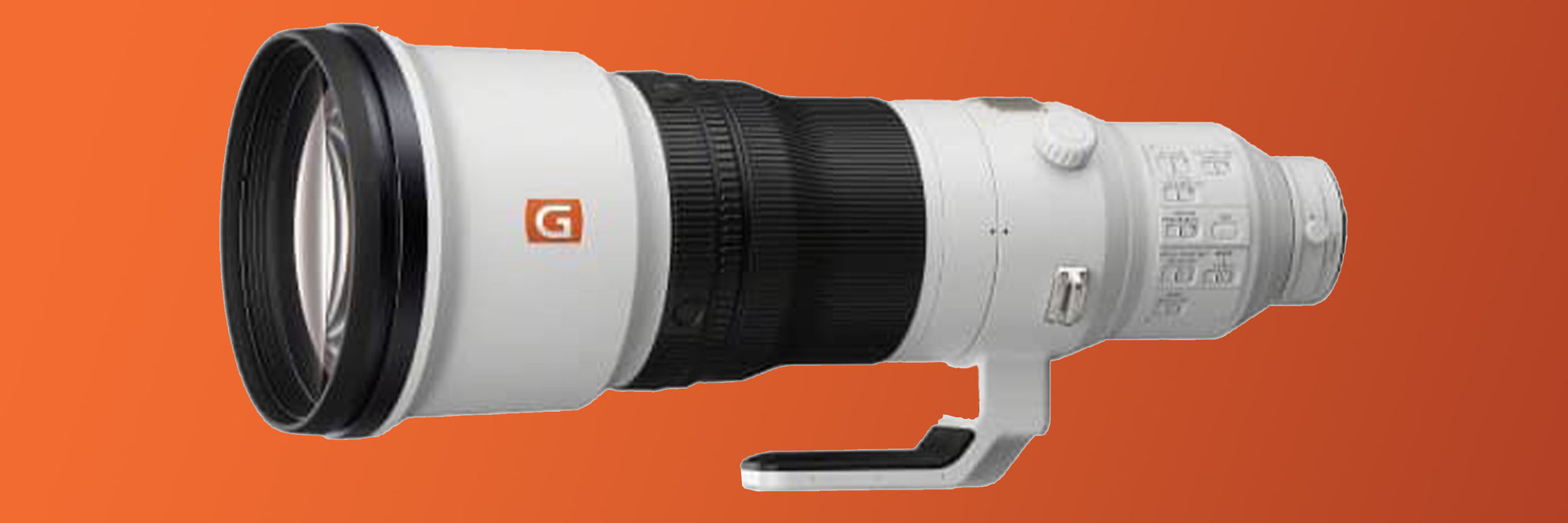
Must-Have Accessories For Sports Photography
High-Speed Memory Cards
The right memory card is essential for sports photographers using burst or continuous shooting modes. While the memory card may vary from SD, CFexpress or CFast, one thing remains true - you need a fast read and write time to save photos quickly.
SDXC memory cards, celebrated for their fast performance, are by far the most frequent storage type found in mirrorless and compact cameras. If the camera you are looking at has an SDXC slot, we recommend using a UHS-II capable card.
UHS-II cards improve buffer lag time by providing fast read and write speeds, ensuring your camera is always ready for that perfect shot. Additionally, the preference of shooting a RAW format is supported.
Monopods
Monopods grant photographers that essential blend of balance and movement. They aid in fluid panning, precisely tracking people on the field or court while ensuring clear, blur-free captures. For those with weighty telephoto lenses, Monopods made by Sirui or Manfrotto provide the ultimate fit for your lens.
Backpacks
The life of a parent or sports photographer demands hauling a significant amount of gear. Backpacks like the Tenba Axis V2 Series or Summit Creative models are popular amongst sports photographers. They come with specialised compartments tailored for varied equipment – be it mirrorless bodies with attached lenses or other accessories. Their design, marrying protection and accessibility, coupled with ergonomic comfort, makes them essential, especially for prolonged outdoor shoots.
Teleconverters
There are moments when even a formidable telephoto lens falls short. This is when teleconverters come into play. These accessories aren't designed to fit every lens, but they will amplify a select lens's focal length, bringing distant scenes closer without swapping a lens.
Final Thoughts
If you're keen on diving into sports photography, we invite you to drop by our store or give our team a call. Our knowledgeable professionals are ready to guide you through various camera models and the right lens pairings to ensure you pick the perfect match for your requirements.
At Georges, we spend time understanding your photography needs, especially for capturing sporting moments. We offer personalised services to walk you through the types of equipment that would be suitable for the sporting events you would like to cover. Based on this, we can then recommend the ideal telephoto lens and camera body combination.
Furthermore, we enhance your photography journey with specialised workshops to help you get the most out of your equipment. And remember, our support doesn’t stop there. Our dedicated Sydney-based team will always be there for any post-purchase guidance in the form of education, such as this article.
